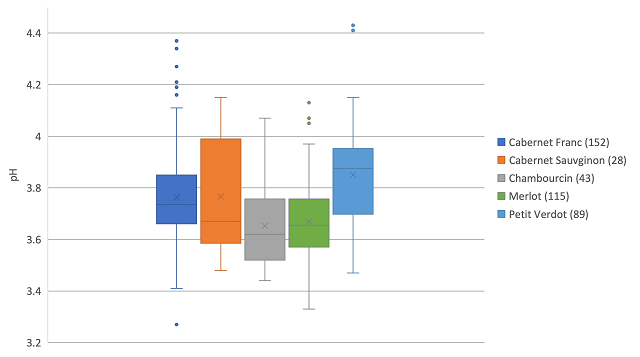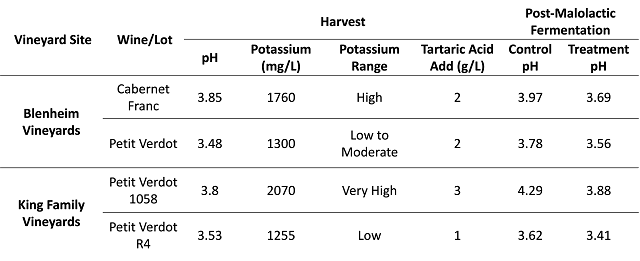1.Gardner, Denise. “Making (Red) Wine from Fruit High in Potassium.” Penn State Extension Wine & Grapes U. (blog), September 23, 2016.
2.“Ask the AWRI: Winemaking with High PH, High TA and High Potassium Fruit.” Grapegrower and Winemaker October, no. 657 (2018).
3.Boulton, Roger. “The General Relationship Between Potassium, Sodium, and PH in Grape Juice and Wine.” American Journal of Enology and Viticulture 31, no. 2 (1980): 182-186.
4.Gómez, J., C. Lasanta, J.M. Palacios-Santander, and L.M. Cubillana-Aguilera. “Chemical Modeling for PH Prediction of Acidified Musts with Gypsum and Tartaric Acid in Warm Regions.” Food Chemistry168 (2015): 218–224.
5.Wolf, Tony Kenneth, and Natural Resource, Agriculture, and Engineering Service, eds. Wine Grape Production Guide for Eastern North America. NRAES 145. Ithaca, N.Y: Natural Resource, Agriculture, and Engineering Service (NRAES) Cooperative Extension, 2008.
6.Moss, Russel. “Potassium in Viticulture and Enology.” Virginia Cooperative Extension Viticulture Notes, May 2016.
7.DeScenzo, Rich. ETS Labs, St. Helena, California. Personal Communication, August 22, 2019.
8.Berg, H W, Min Akiyoshi, and M A Amerine. “Potassium and Sodium Content of California Wines.” American Journal of Enology and Viticulture 30, no. 1 (1979): 55–57.









